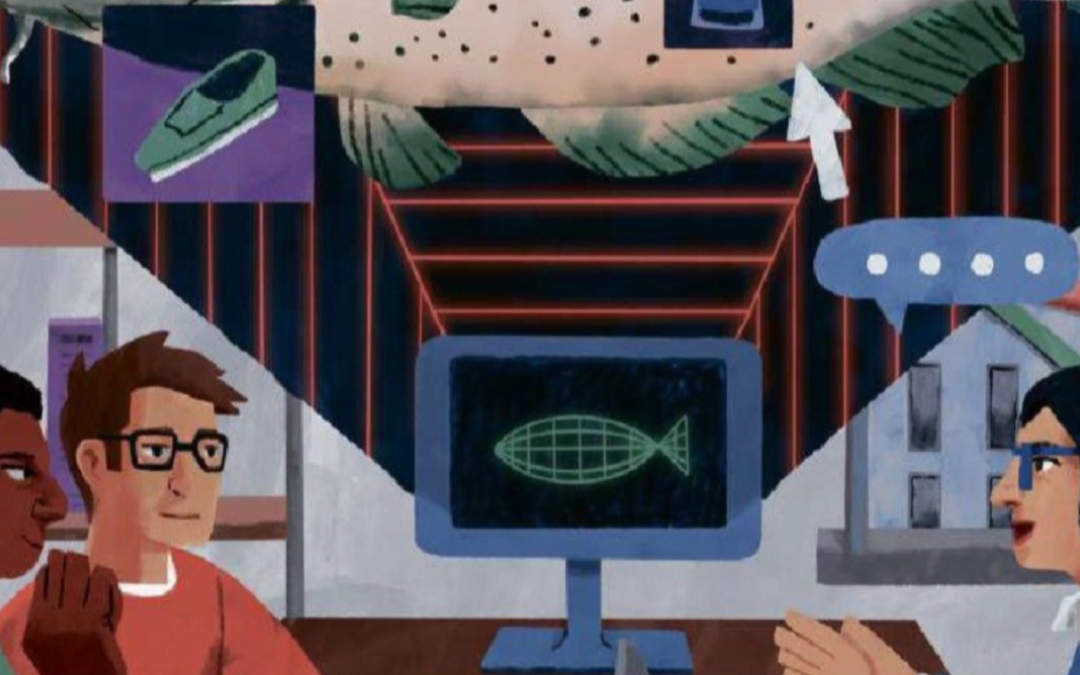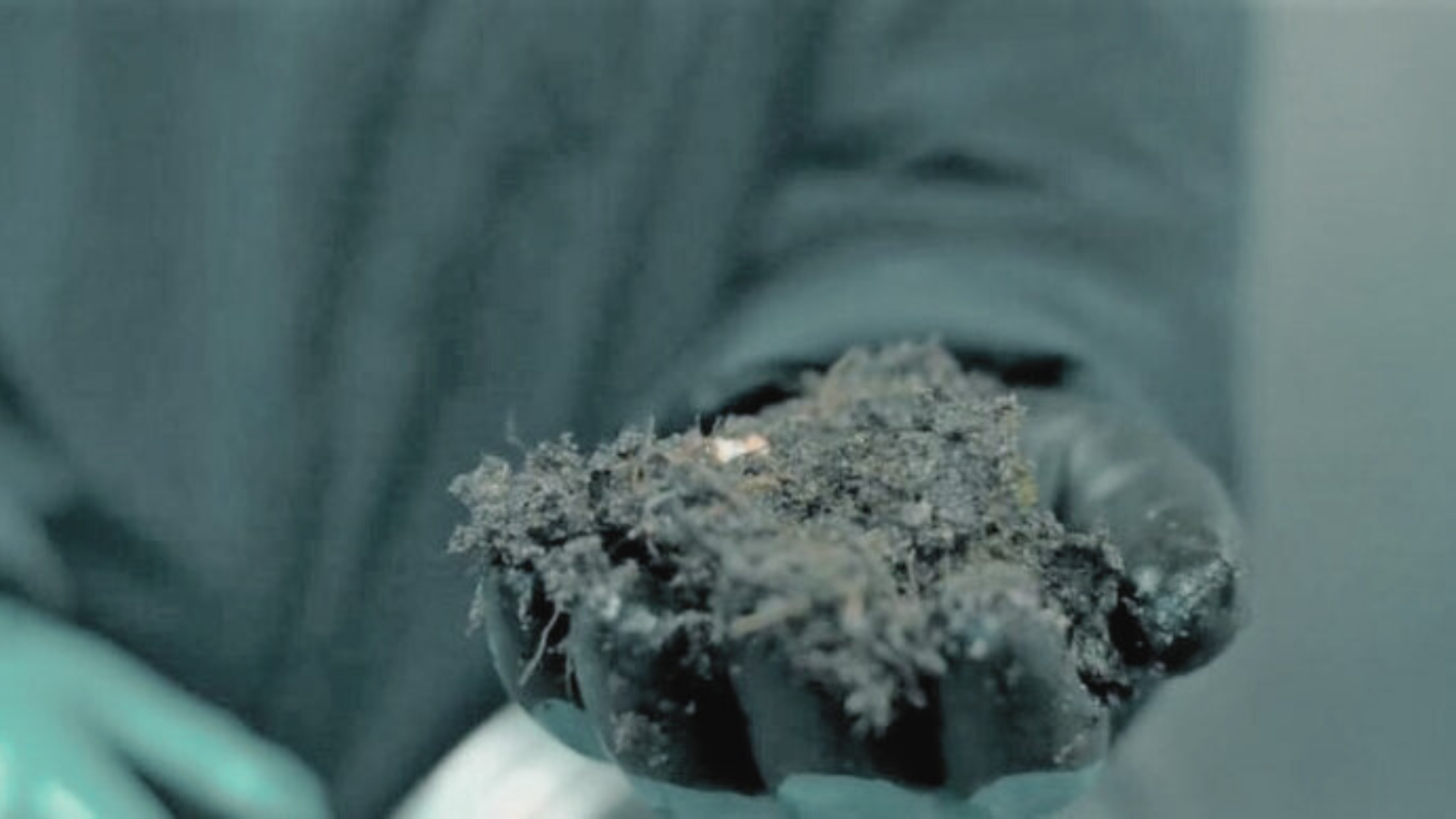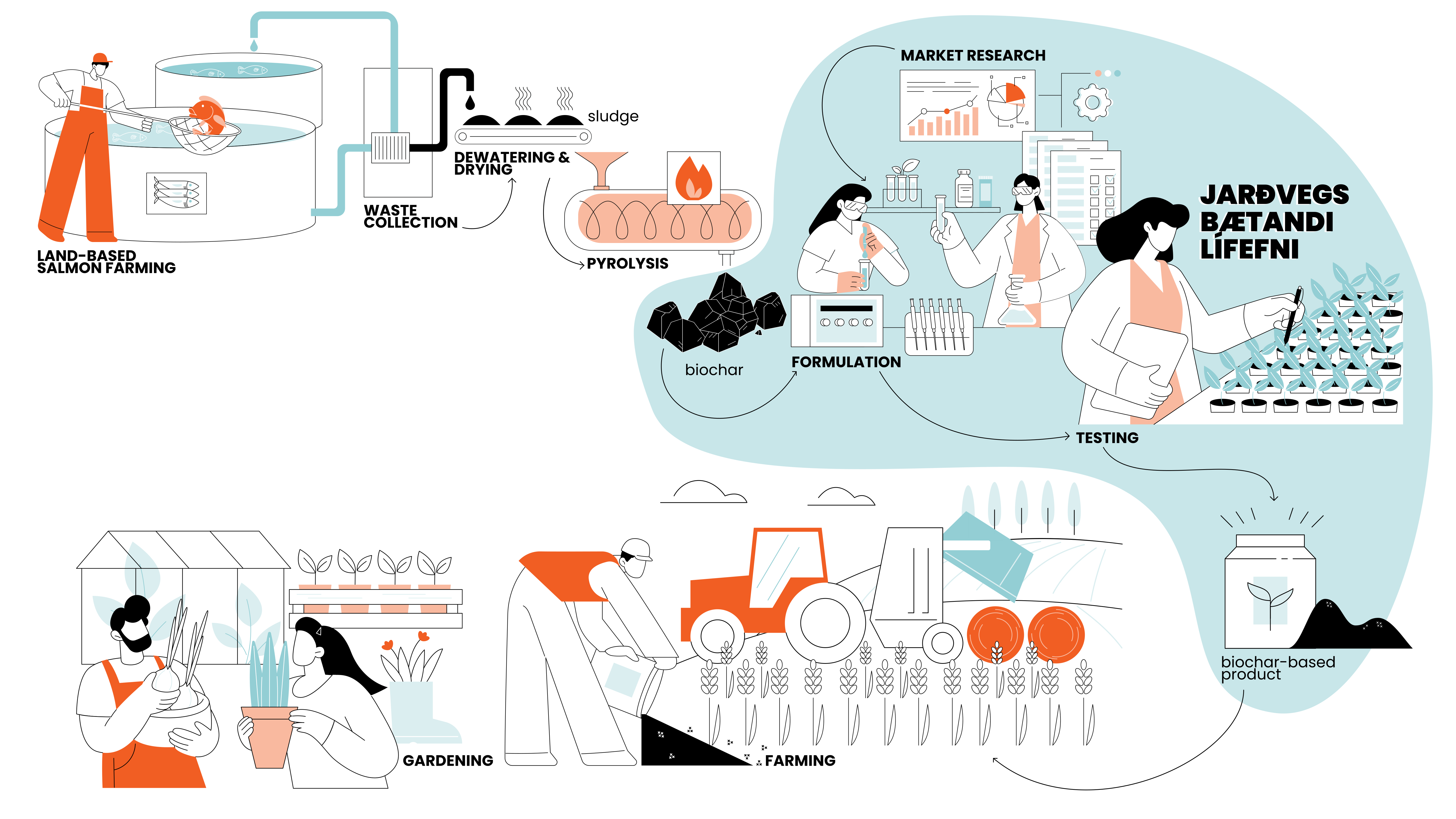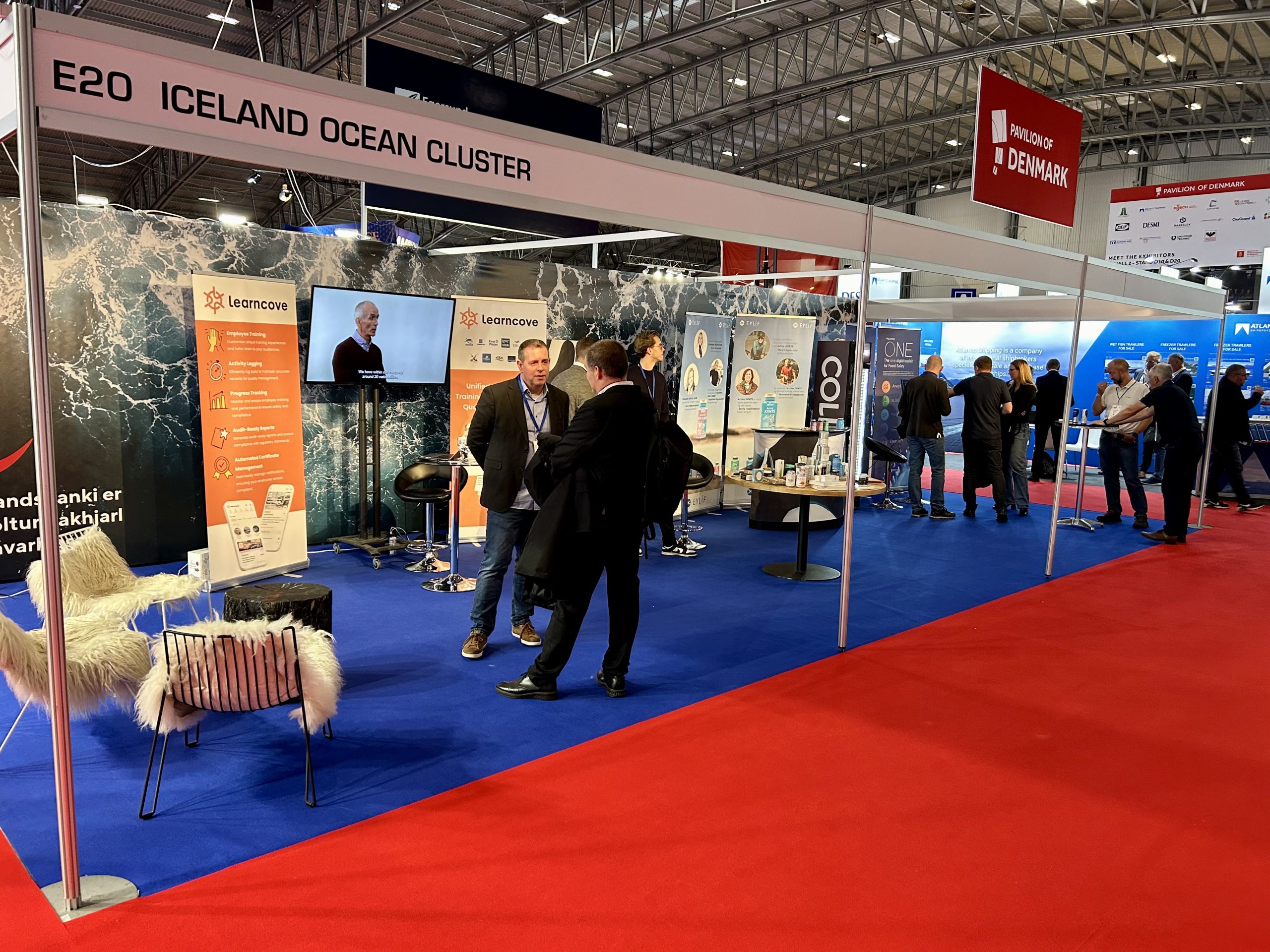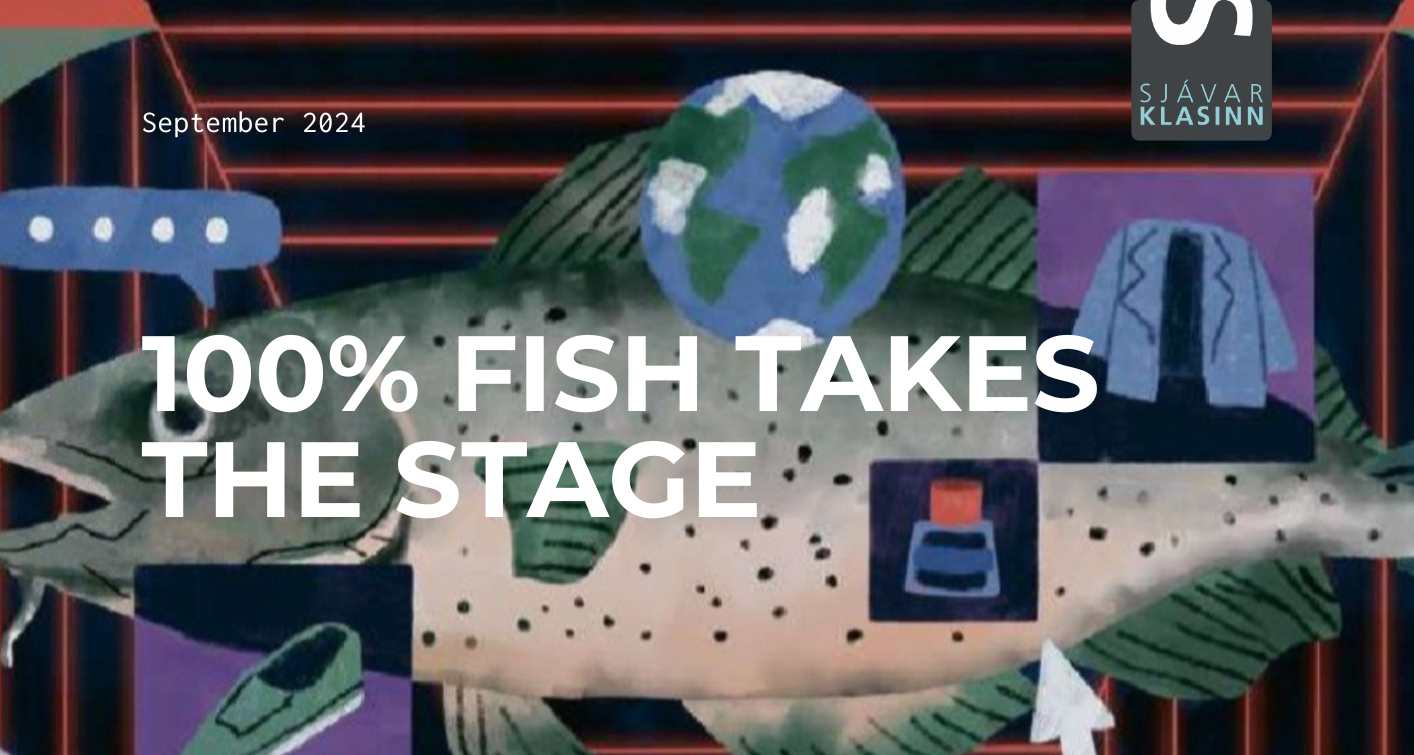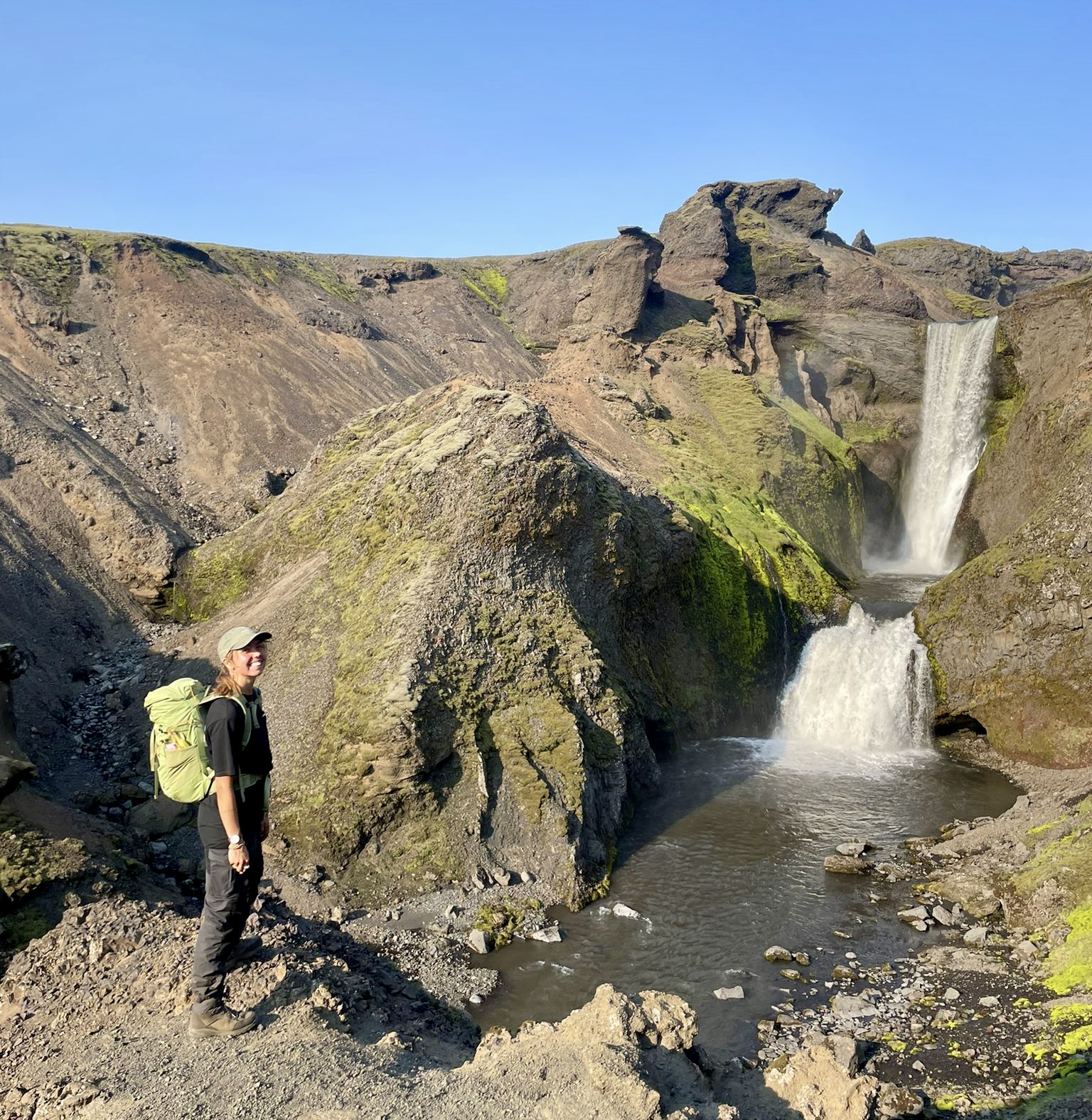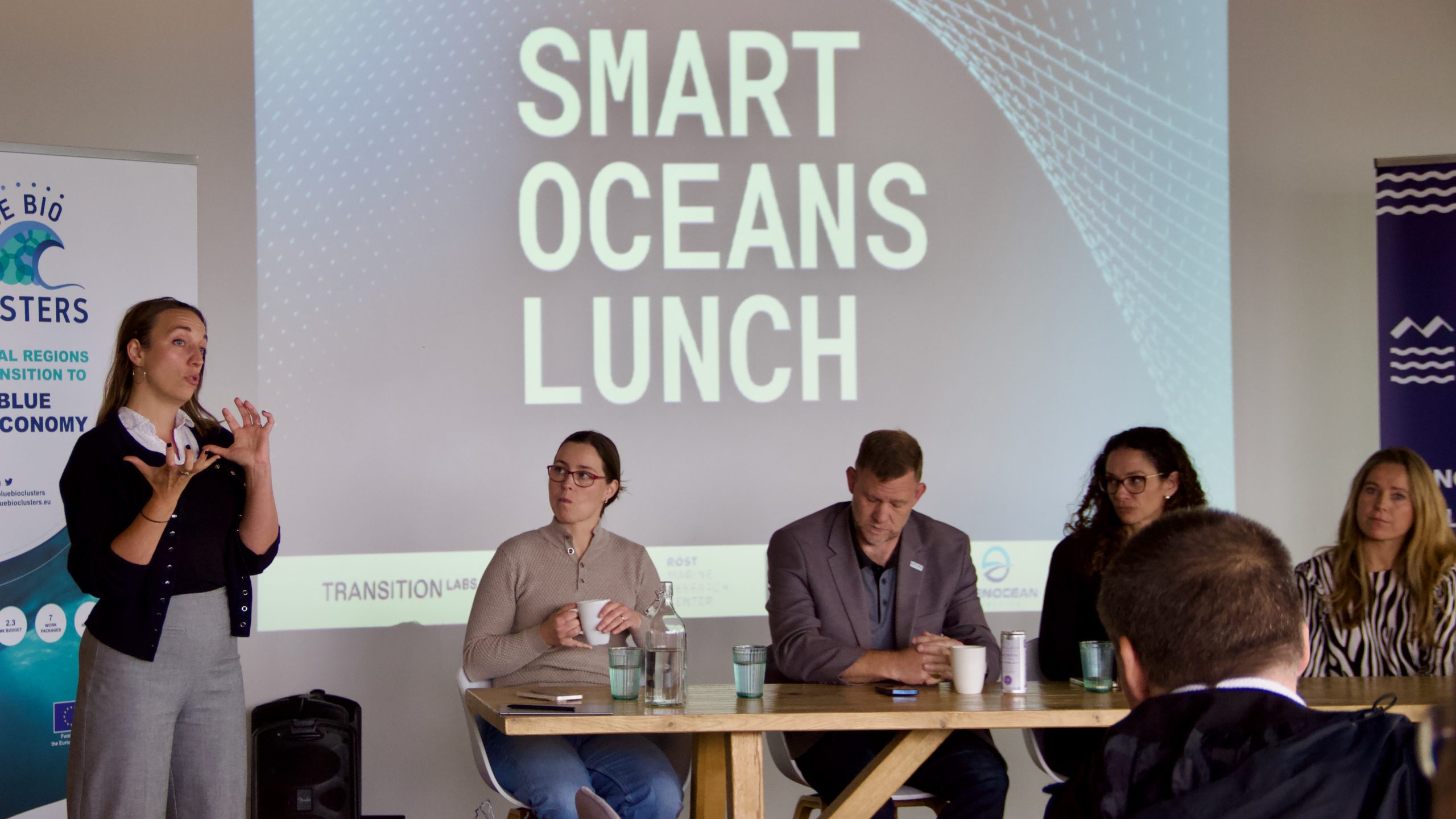100% Fish takes the stage
Although the circular economy, which involves sharing, renting, reusing and renewing products as long as possible, has for years had food waste as one of its main issues, it can be said that fish and the treatment of fish by-products have not been in the limelight of that discussion.
As with most things related to the world’s oceans, the treatment of fish and fish by-products has been in something of a black hole. The great abundance of the world’s oceans has only been studied to a small extent, and therefore more knowledge and numbers are required to work with the ocean’s limited but enormous resources. Because of this, the fishing industry has become somewhat isolated from other food sectors.
It is not until the last few years that this black hole has been illuminated and then the opportunities and challenges have become apparent. This is especially true of fish by-products and their treatment. Many countries and international organizations such as FAO are focusing their attention on this subject. As a result, more and more figures and research results are now appearing on opportunities for better utilization and more examples of value creation in side products are coming to light. The interest of fisheries, fish farms, researchers and entrepreneurs in reducing the flood of waste grows.
Now that the debate about by-products is increasing and more and more regions and countries are starting to work on sinking whole mountains of underutilized by-products, it is important to look at how the full utilization of fish can best be included in projects related to what has been called “industrial symbiosis”, which means sharing by-products that would otherwise have been discarded and maximizing the use of resources.
It is necessary to map out how best to use side products from the fishing industry and how to include them in the symbiosis of industry. By bringing the fish and other by-products of the sea into the great set of full utilization of all industry, everyone benefits; the environment, however, the most.
The Iceland Ocean Cluster has advocated the full utilization of fish for over a decade. Iceland has now become a leader in discussions and activities in relation to full utilization or what has been called “100% fish”. Dozens of companies in Iceland are now specialized in the utilization of by-products that are used as landfill in many other places. Numerous companies have transformed these by-products into valuable products for the health and medical sector and various other markets.
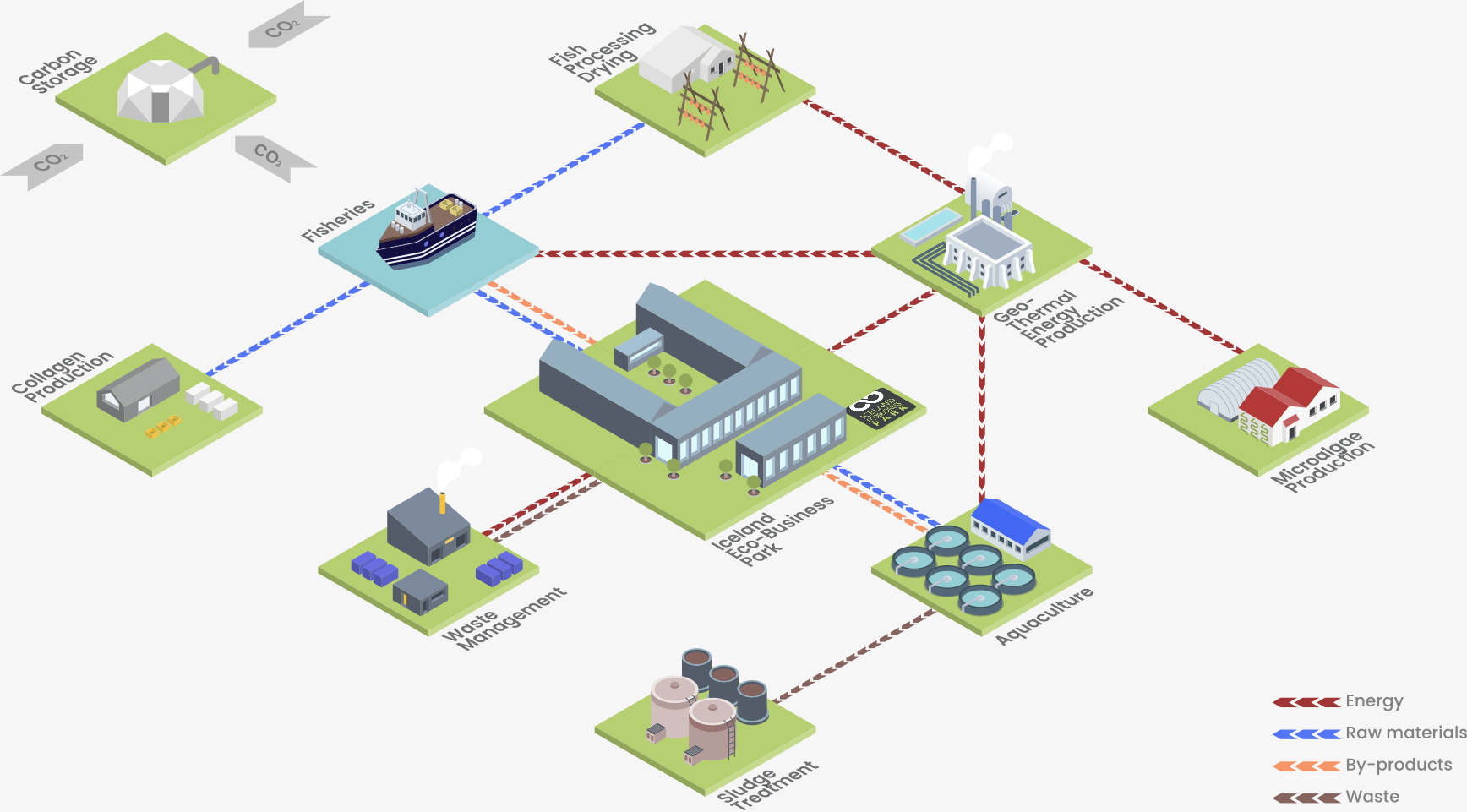
>Industrial symbiosis on the Reykjanes peninsula
It is now necessary to take a closer look at how to create even more opportunities for full utilization through the symbiosis of industries with often very different side trends. Fish and other products of the sea can play an important role there; utilizing side streams from other industries and at the same time utilizing such streams from other industries.
For example, wastewater from fish processing can be used in various ways, such as as fertilizer in plant cultivation and protein for meat production, sludge in fish farming and rest raw material in fish processing can be used to produce biogas, fish scales can be made into tiles, shrimp shells can replace other materials for bone formation in people … and so on. It can also be mentioned that additives from kelp can be used to extend the life of food and bioplastics, sustainable protein to name a few.
In the same way, residual heat and residual steam in food and energy production can be used in land-based farming of fish or algae and various other side streams of food production as feed for farming.
Now that the spotlight has been increasingly focused on opportunities with the utilization of by-products of the fishing industry, it is important to strengthen the dialogue between ocean-related industries and the circular economy; map out the opportunities and then let successful examples speak for themselves. Enormous opportunities exist to promote cooperation between ocean- related disciplines and other disciplines when it comes to better use of resources. Opportunities like these can strengthen marine communities in many parts of the world that have been under stress. Collaboration on side streams from different activities can open up more opportunities for smaller communities to boost employment and create value.
A new project that the Iceland Ocean Cluster has been working on, the Iceland Eco Business Park, has precisely the goal of connecting companies in different sectors and make better use of their side streams.
The model for the development of the Iceland Eco Business Park can be found in many parts of the world in industrial parks that prioritize the use of side streams. Here, Kalundborg Municipality Symbiosis project in Denmark, has been a great inspiration. The aim of the Iceland Ocean Cluster in this new project is not least to pave the way for the coexistence of fish and other valuable streams from other sources.
The Danish Ocean Cluster, a sister cluster of the Iceland Ocean Cluster, is also working with the same philosophy. Various side streams, related to salmon, underutilized heat and more, will be shared in the large project of the cluster in North Jylland in Denmark. Other ocean clusters will soon follow.




